Don't let apprenticeship be the last resort.
On the morning of June 6, participating in the questioning of Minister of Labor, War Invalids and Social Affairs Dao Ngoc Dung, National Assembly Delegate Huynh Thi Anh Suong (Quang Ngai delegation) raised the issue: According to the report of the Ministry of Labor, War Invalids and Social Affairs, the Ministry's solution for vocational education is to have policies to attract good and excellent students to vocational education. So what are these policies, when will they be implemented and when will vocational education become a level of national education? And how can vocational education not be the last choice?
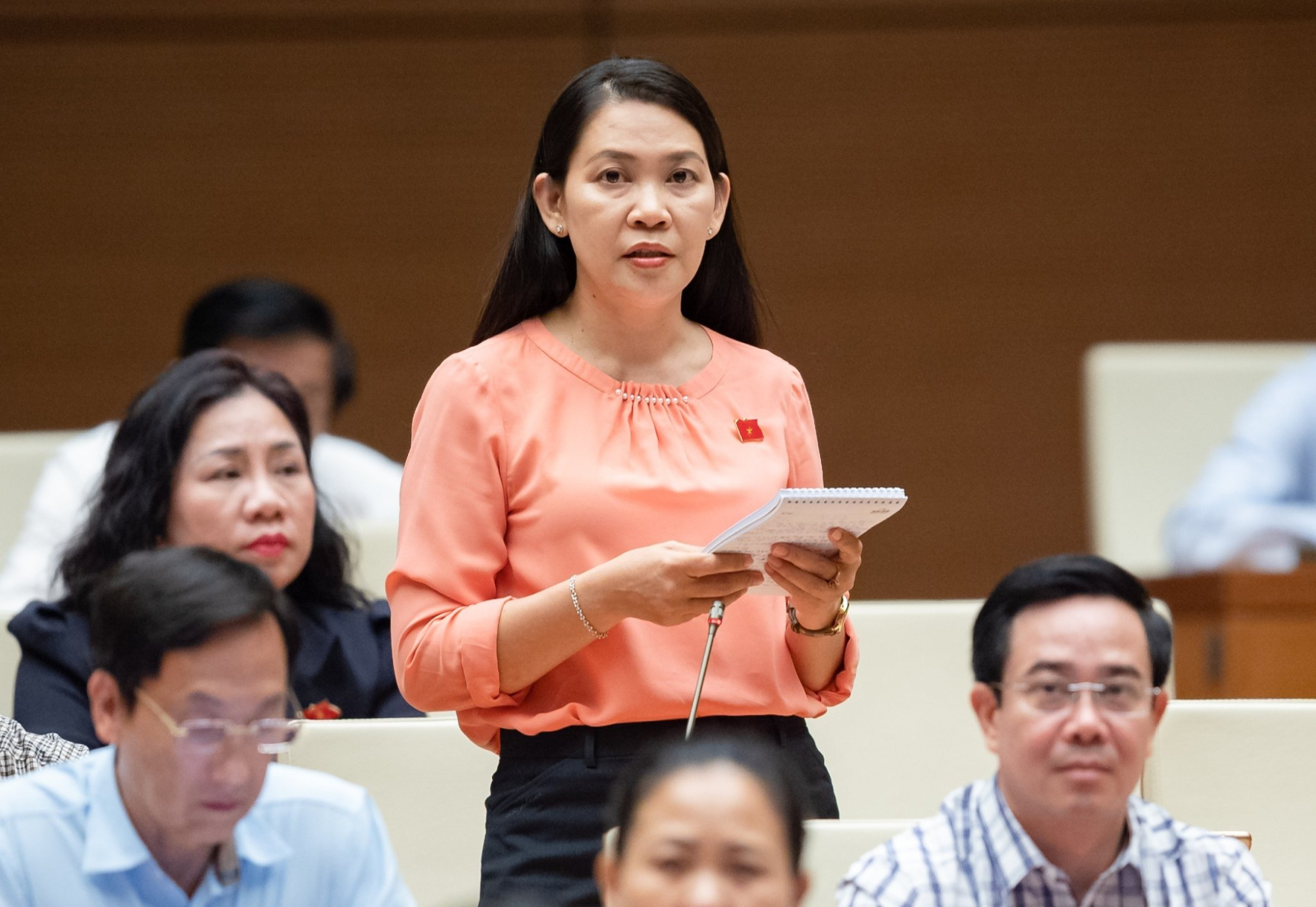
National Assembly delegate Huynh Thi Anh Suong (Quang Ngai delegation) participated in the questioning.
In response to the above question, Minister Dao Ngoc Dung said that, speaking of vocational education, this is a level in the national education system. In recent times, the Government, ministries and sectors have completed the structure and education system, with connectivity between general education, vocational education and university education. The National Assembly has also passed three related laws, namely the Law on Higher Education, the Law on Education and the Law on Vocational Education.
“Currently, our enrollment scale is about more than 2 million students entering vocational training. Compared to 5 years ago, the average number was 500,000 people per year. This is a clear progress. Of these 2 million, about 25% are intermediate level, 26% are college level. However, vocational education currently has many concerns in terms of both scale and quality. In particular, the scale is not large, the quality of vocational education is not really good, many solutions are needed to improve. The legal policy system to provide incentives and attract students to enter vocational training has not received much attention.
In my opinion, to innovate vocational education, we need to promote propaganda and social awareness. The majority of vocational students fall into the following cases: First, there are students who do not have the need or have difficulty in continuing their studies; second, due to difficult family economic conditions, students want to have a job right after graduation. To change this situation, recently, we have had many policies to encourage students to study vocational training, especially in ethnic minority areas, which will be completely free. Students who graduate from vocational training will be given priority in finding jobs. The number of advanced students, after graduating from vocational training, will continue to receive high-quality training programs completely free of charge. This is very encouraging news," Minister Dao Ngoc Dung emphasized.
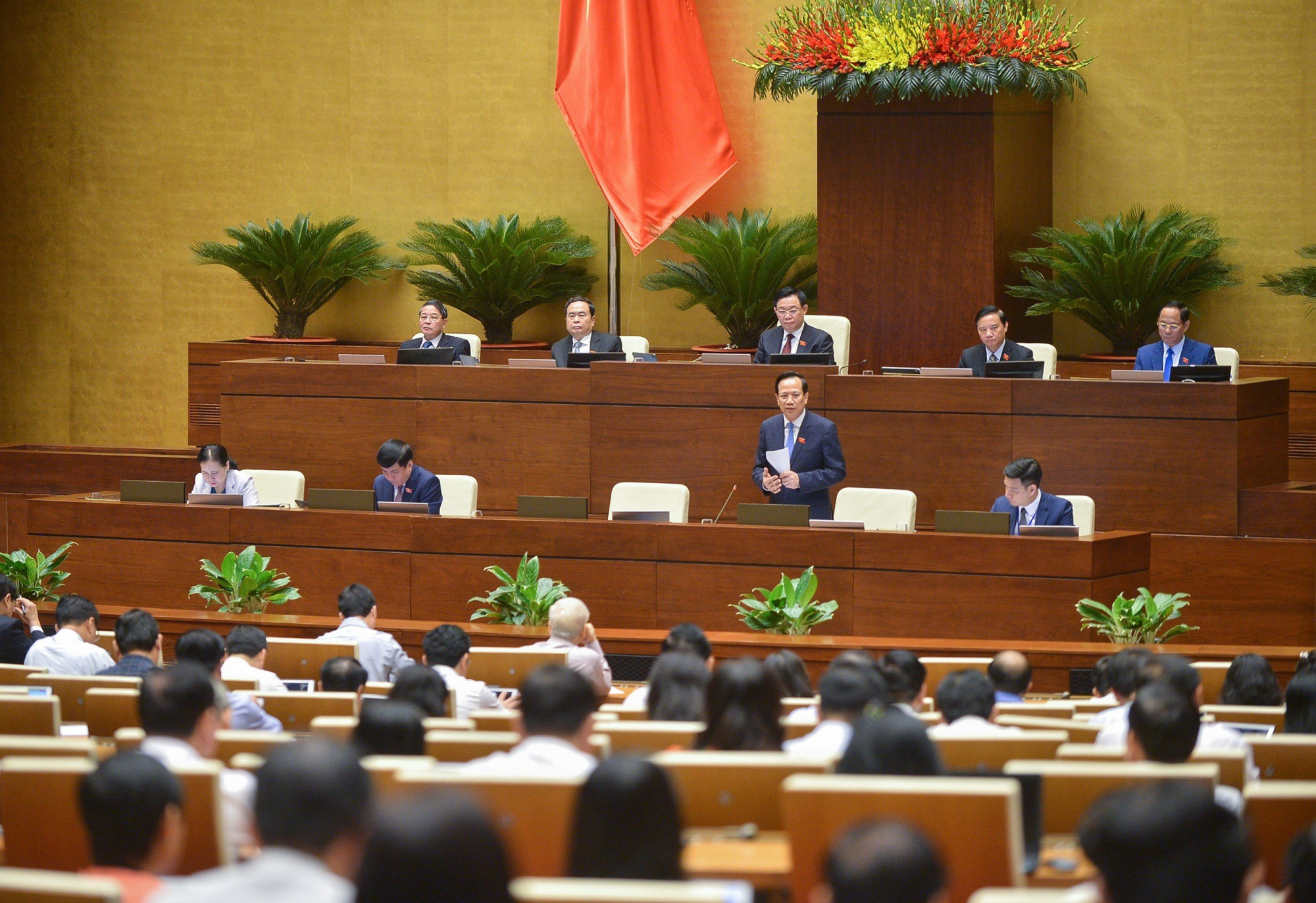
Minister of Labor, War Invalids and Social Affairs Dao Ngoc Dung answers questions.
Also participating in questioning the Minister of Labor, War Invalids and Social Affairs, National Assembly Delegate To Van Tam (Kon Tum delegation) asked the Minister to state his opinion on the index of untrained workers.
Delegate To Van Tam said that trained workers are an important factor in creating labor productivity. The current criteria for assessing and recognizing qualifications are mainly based on diplomas and certificates. Therefore, the percentage of trained workers is not high. However, reality shows that a group of workers who have not been to school are still the ones creating labor productivity. "I would like to ask the Minister to give his opinion on this issue? Is it necessary to develop a tool to assess the qualifications of this group of workers? If so, I would like to ask the Minister to tell us how it will be developed?", Delegate To Van Tam asked.

National Assembly Delegate To Van Tam (Kon Tum delegation) asked the Minister to express his views on the index of untrained workers.
Responding to questions, Minister Dao Ngoc Dung affirmed that, in practice, training with a certificate is only an assessment content, the most important of which is the professional skills, professional proficiency and work efficiency of the worker.
The Minister also agreed with the viewpoint of Delegate To Van Tam and that there needs to be a more comprehensive and complete view of this issue, and there needs to be tools and assessment criteria to determine the quality of labor as well as standards for recognizing certificates and degrees in the coming time.
Inadequacies in overlapping, dispersion, and duplication of training professions
Taking the stage to question, National Assembly Delegate Tran Thi Thanh Huong (An Giang delegation) requested clarification of solutions to rectify the situation of overlapping and duplication of training professions.
Delegate Tran Thi Thanh Huong said that recently, the number of people choosing to study vocational training has tended to increase, but the number of workers receiving vocational training has not met the demand. Although the network of vocational training institutions has been initially reviewed and arranged, there are still many shortcomings. If this situation is not corrected, it will be a waste. The Minister asked the Minister to let us know what the labor sector needs to do to further improve the effectiveness of student streaming and proactively forecast vocational training needs by field and level as a basis for developing an enrollment plan in line with the current labor shift trend?
Besides, how will the irrationalities in overlapping, dispersion, and duplication in vocational training be corrected to help vocational education work more closely linked to the labor market and human resource needs in the coming time?
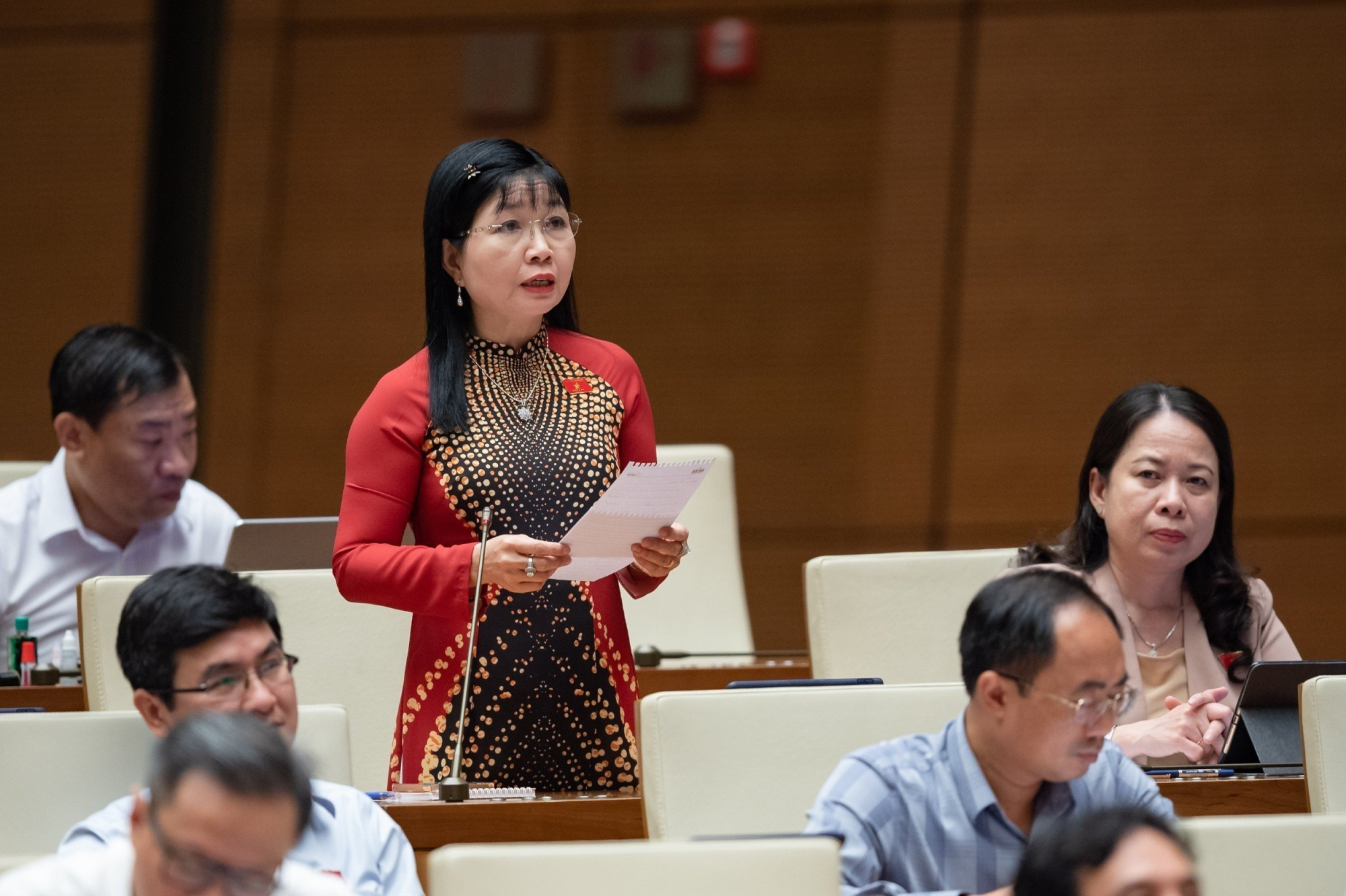
National Assembly Delegate Tran Thi Thanh Huong (An Giang delegation) questioned Minister Dao Ngoc Dung.
Responding to questions about enrollment and vocational education, Minister of Labor, War Invalids and Social Affairs Dao Ngoc Dung said that this work has made many advances. The Ministry has reported to the Secretariat on this issue, including a report mentioning the scale and quality of training, which shows that besides the advances, the planning of the training network still has many shortcomings.
According to the Minister, currently, in the same area, there are many different vocational schools, many different and overlapping professions, leading to a number of students not meeting requirements, having difficulty finding jobs after completing training. Therefore, in the coming time, training needs to be linked to market demand, it is necessary to be more drastic in forecasting supply and demand, and only conduct training when the demand is determined. In addition, schools need to link, cooperate closely, and place orders with businesses, so that students can have jobs and stable careers after training.
The Minister said that currently there is a situation of overlap and duplication in training professions, vocational schools are basically implementing the spirit of autonomous training, except for some high-quality training professions, which are ordered by the state and trained according to requirements. The general situation of vocational schools is that they can recruit students and then train, not really linked to market needs.
In recent times, 63 provinces and cities have worked with the Ministry to re-plan the vocational education network, merging secondary schools and vocational education centers. A college in a locality can teach many different systems and programs in accordance with the spirit of Resolution 19 of the Central Committee. Along with that, the vocational school system of ministries, branches and organizations has also been rearranged in the spirit of converging to a single point, in accordance with the Vocational Education Strategy to 2030 with a vision to 2045, to avoid duplication in functions and training professions as at present.
Source






















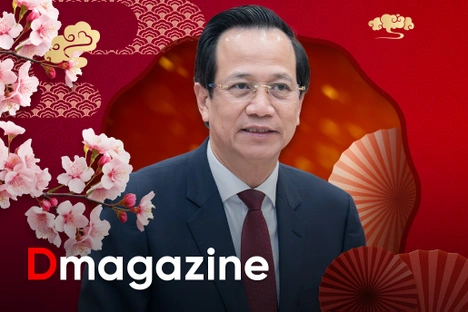

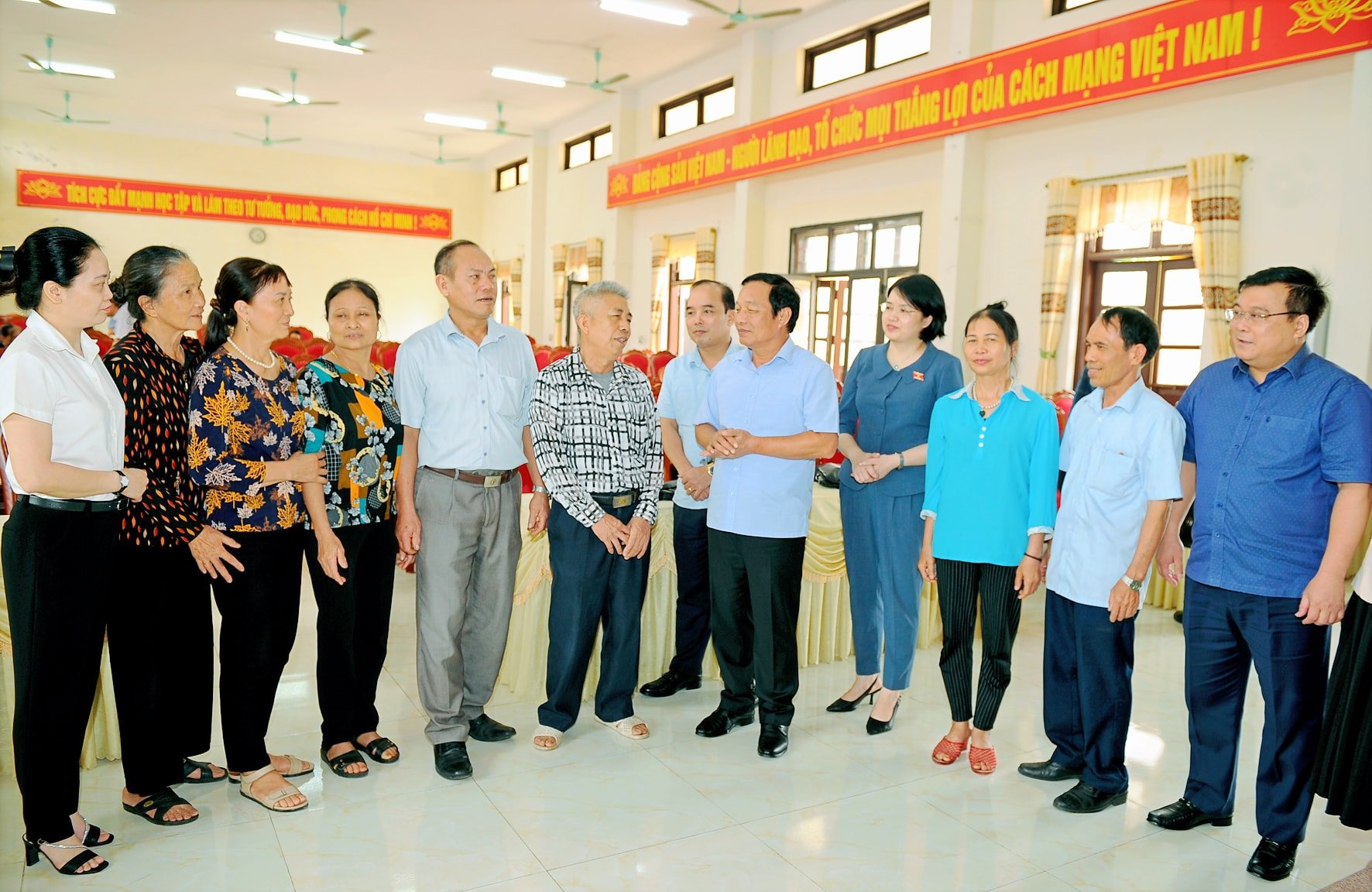
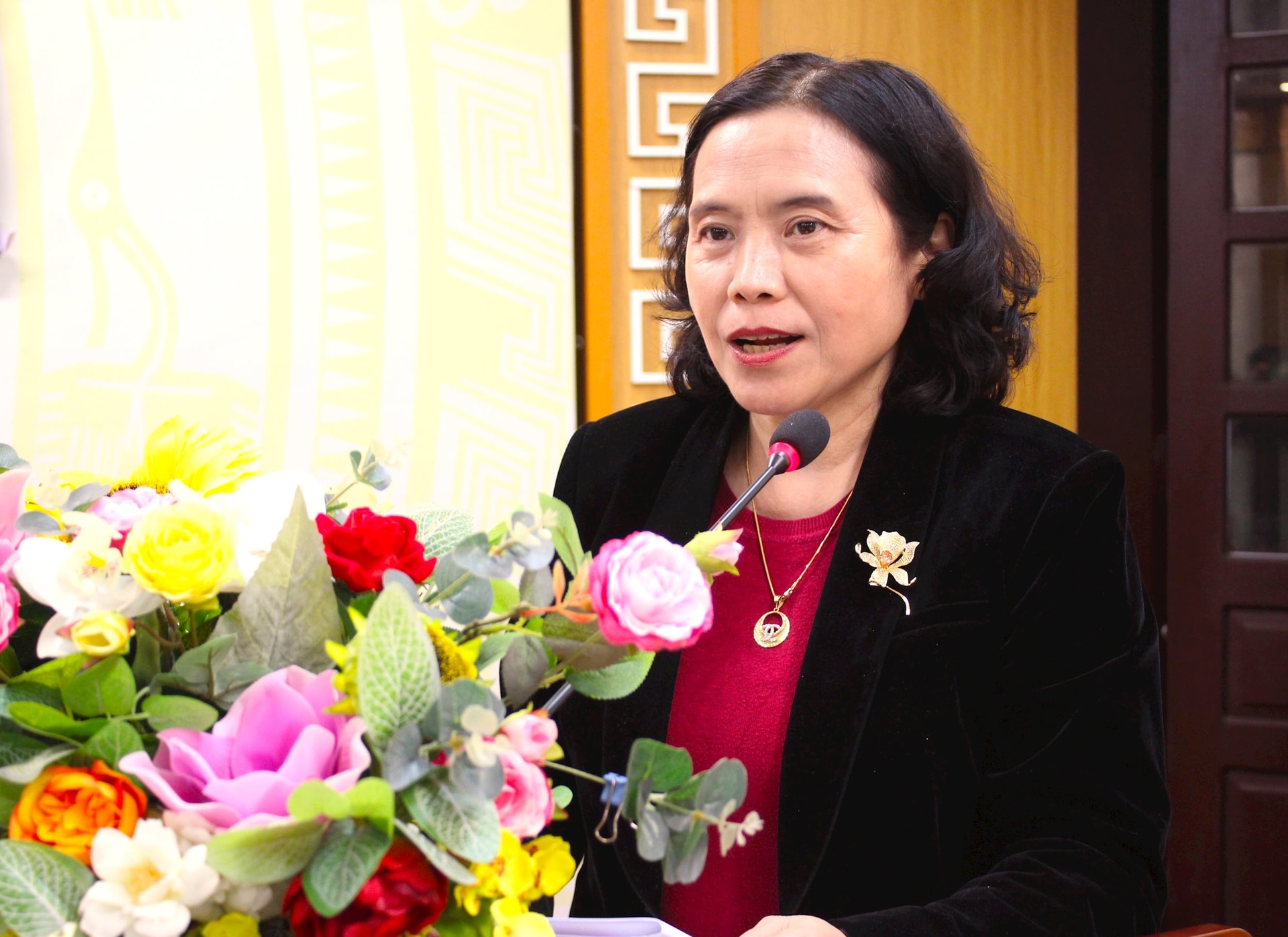
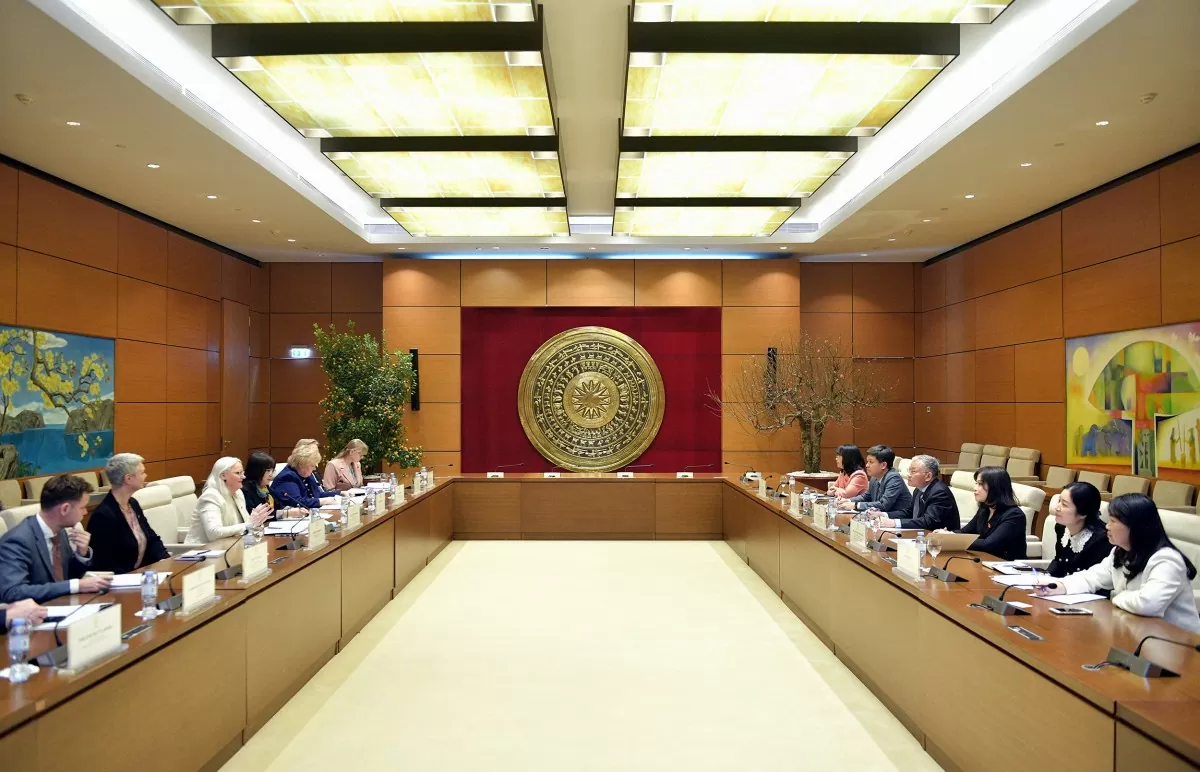

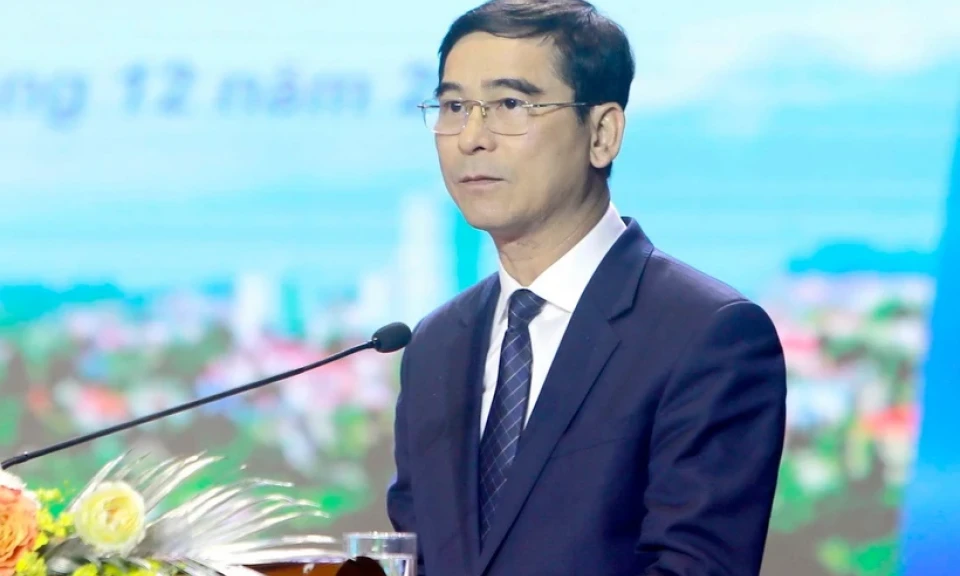





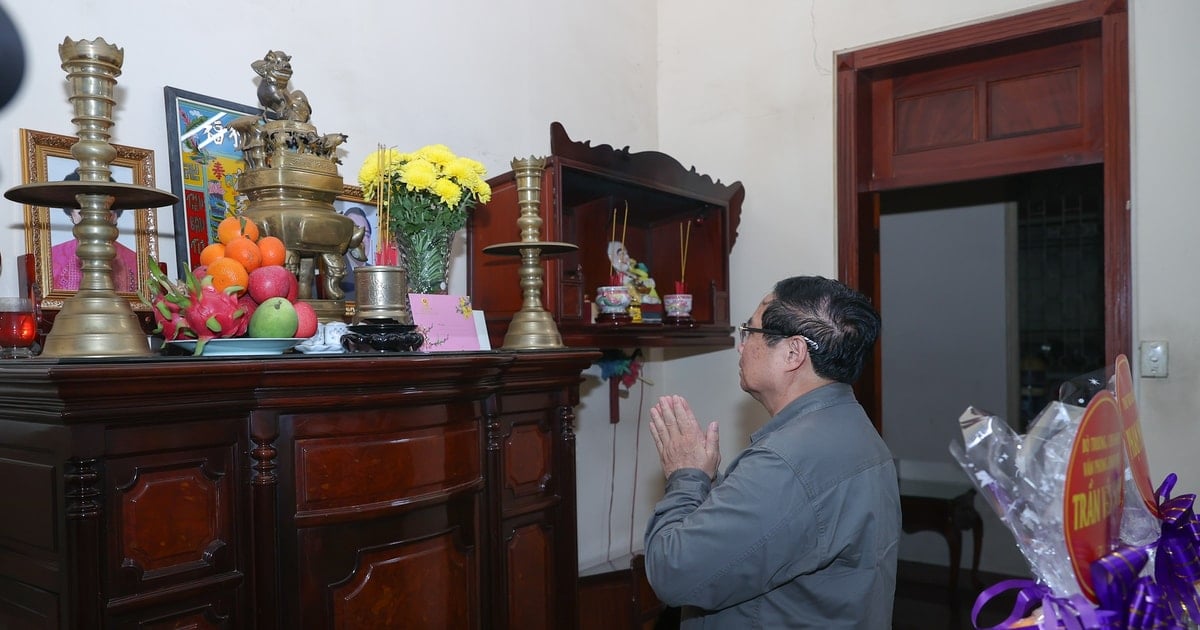


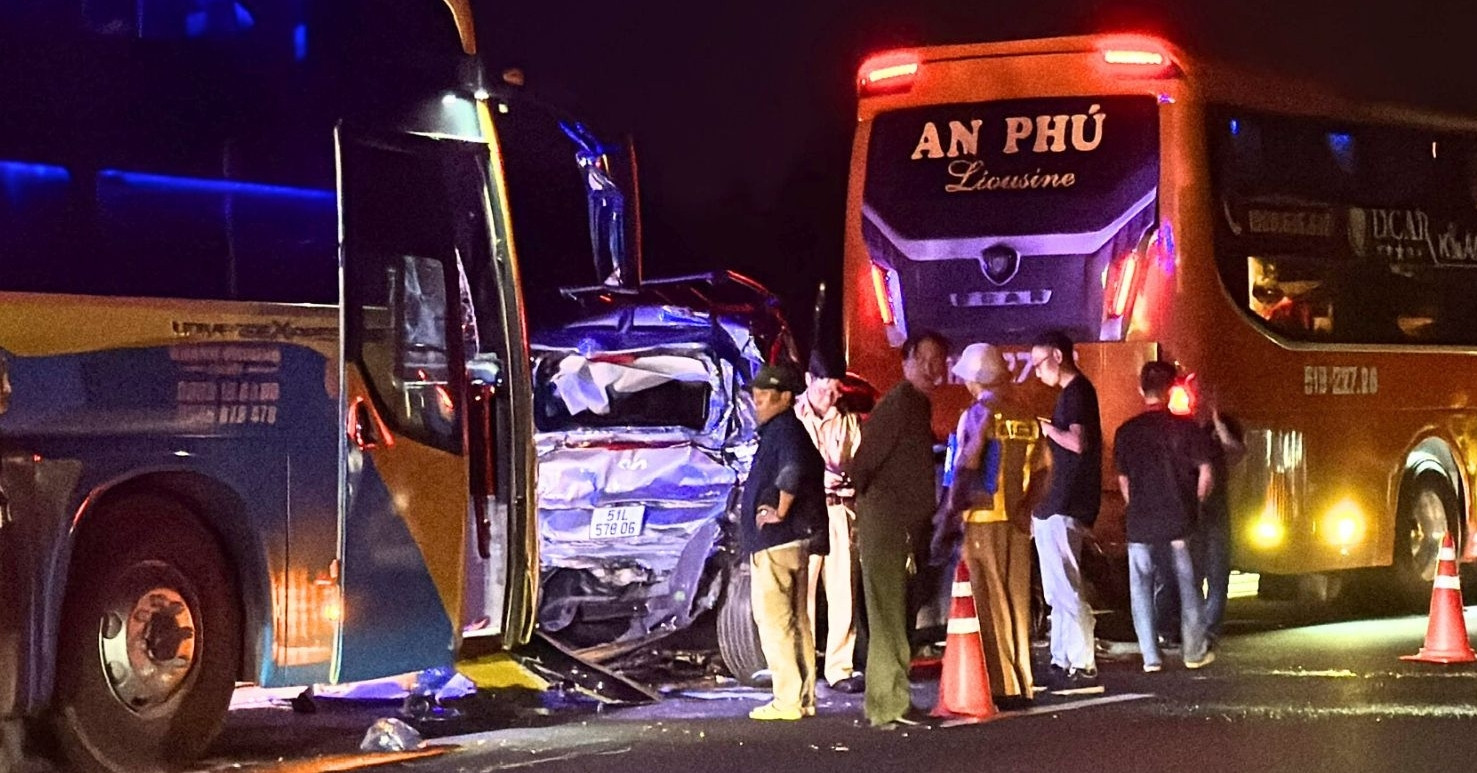



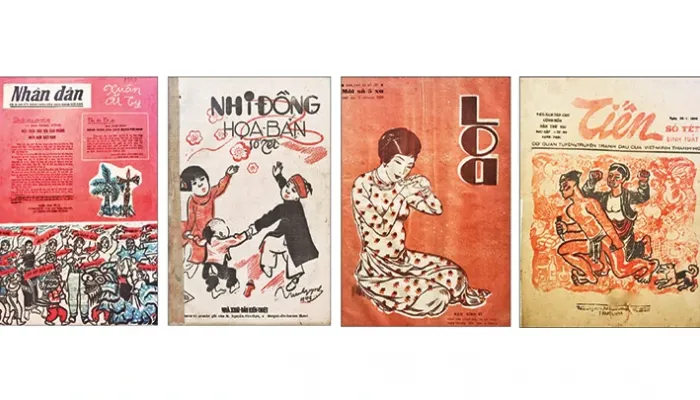

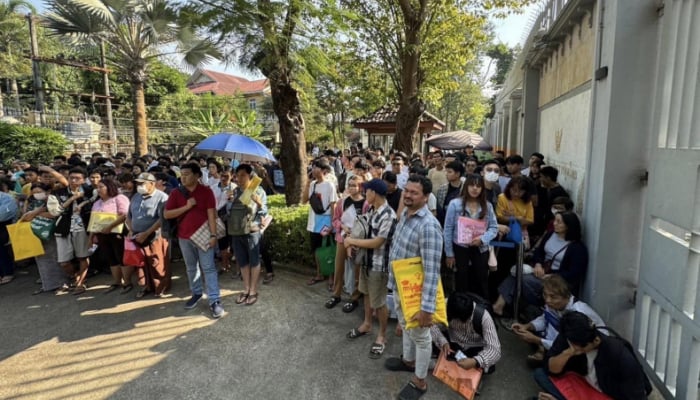













Comment (0)